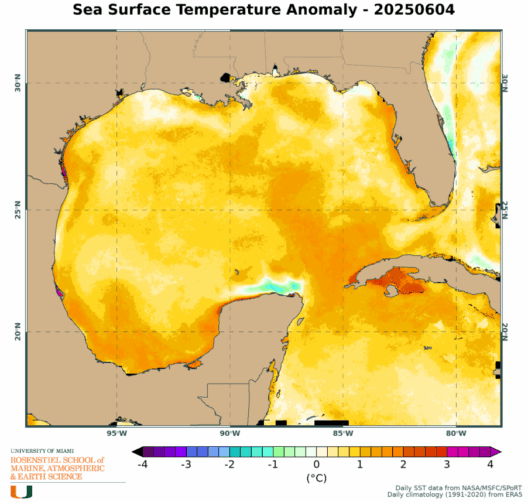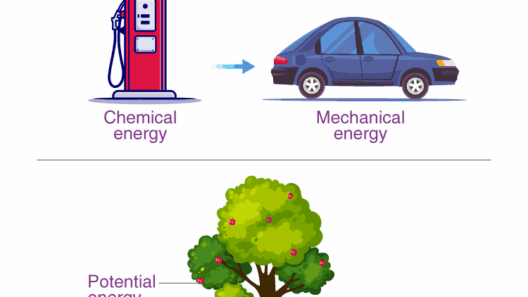In the grand tapestry of the natural world, energy conservation emerges as a critical theme. Animals, from the tiniest insect to the largest mammal, have evolved myriad strategies to conserve energy, ensuring their survival in the face of changing environments. Understanding these survival tactics invites a profound appreciation of the intricate interdependencies within ecosystems.
At the heart of energy conservation lies the concept of metabolic efficiency. Metabolism involves the myriad biochemical processes through which organisms convert food into energy. However, the availability of food sources can fluctuate dramatically, particularly in harsh climates or during seasonal changes. Hence, many animals have developed unique adaptations to optimize their energy expenditure.
One fascinating mechanism is torpor, a state of temporary hibernation that significantly lowers an animal’s metabolic rate. Birds, such as the Black-capped Chickadee, exhibit this phenomenon during particularly frigid nights. By reducing their body temperature and slowing their heart rate, these small creatures minimize energy consumption while still maintaining essential functions. Such adaptation not only conserves energy but also extends survival during periods when food is scarce.
Similarly, in the realms of mammals, the practice of hibernation manifests as a remarkable energy-conserving strategy. Brown bears, for instance, enter a deep state of hibernation where their metabolic rate can drop to a fraction of its normal level. By utilizing fat reserves accumulated during warmer months, they maintain their bodily functions while significantly limiting their activity and food intake. This intrinsic energy management sustains them through the inhospitable winter months, illustrating a remarkable evolutionary adaptation.
Another notable strategy is the phenomenon known as brumation, which occurs primarily in reptiles. During this state, cold-blooded creatures like turtles and certain lizards enter a period of dormancy in response to temperature fluctuations. By becoming less active and minimizing their physiological demands, these reptiles adeptly navigate seasonal changes while reducing their energy requirements.
Beyond the realms of dormancy, some species exhibit fascinating behavioral adaptations to conserve energy. The well-documented practice of foraging or hunting in groups is a notable example. Wolves, for instance, engage in cooperative hunting, which allows them to take down larger prey with minimal energy exertion compared to solo hunts. This strategy not only ensures a sufficient food supply but also optimizes the collective energy expenditure of the pack.
For many species, territoriality plays a crucial role in energy conservation. By establishing and maintaining territories, animals reduce unnecessary confrontations over resources, which can deplete their energy reserves. Species such as the Great Horned Owl are adept at defending their hunting grounds, thus ensuring access to food without the need for constant travel and energy expenditure. This balance of asserting dominance while conserving resources is quintessential for survival in competitive ecosystems.
Environmental cues also influence energy conservation strategies. Certain animals are finely attuned to their surroundings, adjusting their behaviors based on seasonal changes. Take the Arctic Fox, for example. In winter, it conserves energy by limiting its movement and utilizing snow cover to ambush prey, while in summer, it actively hunts to build up its reserves for the colder months ahead. This adaptability ensures their survival amidst the unpredictability of climate change.
Moreover, migration stands out as a remarkable energy conservation strategy employed by various vertebrates. The annual journeys of species like the Monarch Butterfly or the Arctic Tern involve immense energy expenditure. Yet, these migrations are also strategic, allowing these creatures to exploit seasonal food availability and optimal climates. By relocating to more hospitable environments, they capitalize on resources that can sustain them throughout the year, effectively leveraging energy conservation in a dynamic ecological framework.
In aquatic ecosystems, energy conservation takes on different forms. Fish such as the Atlantic Salmon are known for their migratory patterns that span vast distances. They navigate upstream rivers not merely as an instinctual journey but as a focused energy-efficient means of reproduction. By timing their migrations with environmental cues like current temperature or food availability, salmon ensure that their life cycles align with optimal energy returns on their arduous travels.
Human activity, particularly in the face of climate change, can alter the delicate balance of these energy conservation strategies. Habitat destruction, pollution, and shifting climate patterns disrupt the finely tuned mechanisms through which animals have adapted to survive. It is imperative that conservation efforts focus on preserving these natural habitats and understanding the energy dynamics at play within them.
In conclusion, the extraordinary array of survival tactics animals employ to conserve energy serves as a testament to nature’s ingenuity. From metabolic adaptations like hibernation and torpor to behavioral strategies involving group dynamics and migratory patterns, these methods reveal a depth of ecological wisdom. As we gaze upon the diverse forms of life enveloping the Earth, let us reserve a moment to admire not only their beauty but also their remarkable ability to thrive against the odds. The interplay of energy conservation among species paints a broader picture of resilience, adaptability, and the intricate connections binding life together in our ever-evolving world.





